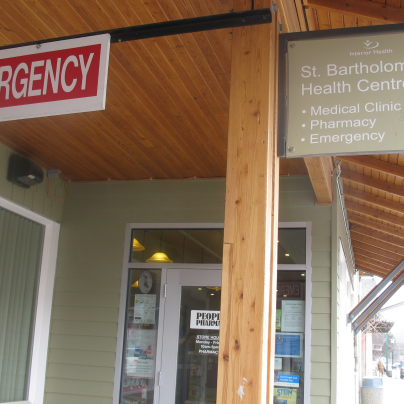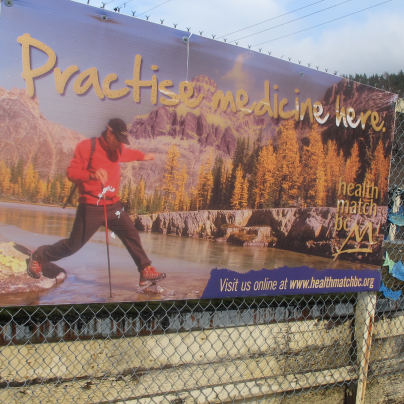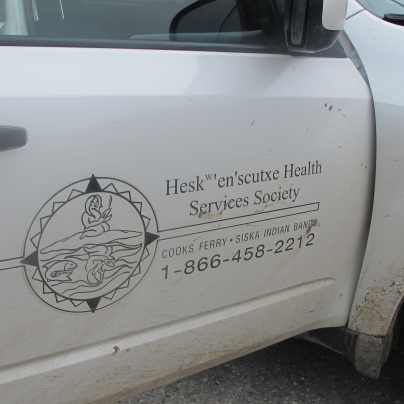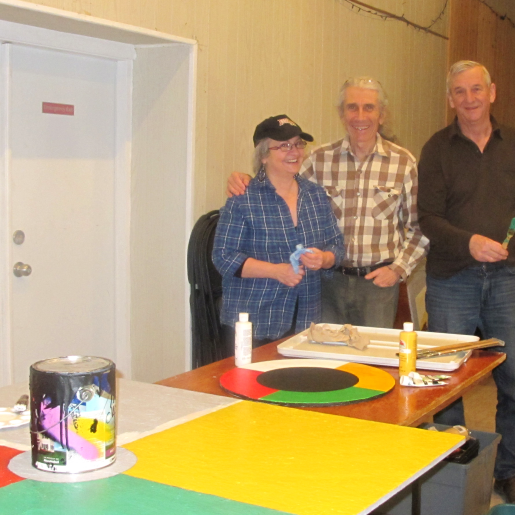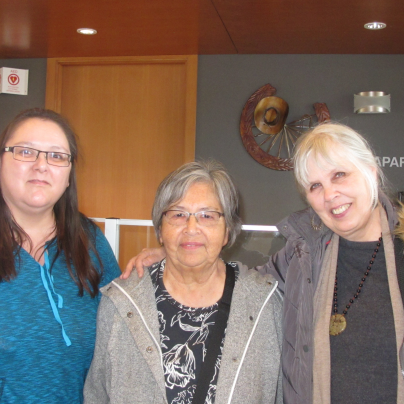This page is an archive. Its content may no longer be accurate and was last updated on the original publication date. It is intended for reference and as a historical record only. For hep C questions, call Help4Hep BC at 1-888-411-7578.

HepCBC considers outreach to BC’s rural, remote, and First Nations communities one of our most important roles as advocates for hepatitis C treatment equity. This year started with a trip to a Prince George health fair and a webinar with the BC Centre for Disease Control comparing HCV treatment and care in BC’S urban vs rural populations. The outreach is continuing this week (March 14-19) into the Interior with Cheryl Reitz’ Greyhound bus trip to Lytton, Spences Bridge (Cook’s Ferry First Nation), Cache Creek (Bonaparte First Nation), and Kamloops (Kamloops Indian Band) and Kelowna. The following week Cheryl will join up with HepCBC’s President Rosemary Plummer, RN, and local Board Member Robin Tomlin in Castlegar to present at a conference with Selkirk College student nurses. They will continue on to Nelson, Trail, Salmo, Kaslo, and Coldstream before heading back to the Coast.
As part of our presentations we bring a broad and generous selection of current pamphlets with instructions of where to order more for free. Then we share ideas about hepatitis C. Both sides learn a lot from these interactions!
Our Main Messages in the 2017 Outreach Tour
Since 2007, Hepatitis C has killed more Canadians than HIV/AIDS, and Aboriginal people are particularly affected, with an estimated 4x to 7x the chance of being HCV+. Current universal precautions took longer to become the standard in Canada’s more rural communities, many children were vaccinated with shared syringes, even shared needles in some cases, and many rural women were given ‘top-up transfusions’ following childbirth, often without their knowledge. One-time HCV testing of everyone born 1945-1975 would reach 75% of those affected in a stigma-free way. These older HCV+ people are the ones most at risk of advanced liver disease, liver failure, transplant, and liver (plus other) cancers and other co-morbidities of hepatitis C. Treating all of those who tested positive would save 20,000 Canadians from premature death due to hepatitis C and its complications.
New medications can now successfully treat these people in 8-12 weeks with few if any side-effects. Several more new Direct Acting Antiviral medications now covering ALL genotypes will be covered by BC Pharmacare within a few days, and in one year (March, 2018) the BC government has committed to start treating ALL patients, regardless of the degree of liver damage (no F2+ requirement). As well, there is now a small window that could allow those who contracted hepatitis C through the Canada’s blood system during 1986 – 1990 to apply (or re-activate an application) for compensation.
Canada has agreed to support a United Nations (WHO) commitment to the elimination of viral hepatitis in the world by 2030. We are encouraging communities to find ways to commit to this goal at the local level. We discussed one way of meeting such a goal, which would be to encourage Primary Care Physicians (PCPs) to not only test but also to treat most of their patients who have hepatitis C, engaging only those most in danger of complications in the care of specialists. Another way would be to make far more robust use of tele-medicine and e-health in the treatment of hepatitis C.
As for younger people, they are those most in danger of contracting and passing on the disease. Unlike those in the older generation, those who engage in risky behaviours are most in need of harm reduction education and supplies, counselling and rehabilitation, and regular testing. We note there are still, however, a few older people in need of harm reduction, and some younger people in need of treatment.
Report on Days 1-3 (Lytton, Spences Bridge, and Cache Creek)
In Lytton Cheryl met with Roy Spinks, a Counselor at the Lytton First Nation Band Council, the nurse at St. Bartholomew’s Health Centre, and a nurse at the First Nations Health Authority. She wanted to go up to the Lytton Band Health Centre, but was told it was too far for an elder like her to walk and no one had a car. (Cheryl says she told them she was ok to walk 3k, but they were very against her going, so she reluctantly demurred…). The community was really sad the historical St. Bartholomew’s facility had been downgraded from a hospital to a health centre, meaning patients now have to travel much further to receive medical treatment.
In Spences Bridge, Cheryl was very kindly met at the bus stop by the Community Health Representative (CHR) Martha who drove her to the Cook’s Ferry First Nation’s Health Centre where she met with Lisa, the nurse. After that very good meeting, she was driven by another community member across the river to the weekly soup kitchen put on by/for the Seniors’ Group at the Community Centre. There she gave a presentation to a half dozen very engaged seniors, who fed her and showed her the crafts and activities they were engaged in. Cheryl says she was very impressed by the generally aging community (average age is 63 she was told!), which is approximately half First Nations and half non-Aboriginal. All the churches are now boarded up, and the children are bussed to schools in other communities. It was very interesting to find though that there was a keen interest in Cheryl’s presentation, a few of the seniors expressed a preference not to know their status (because they avoid engagement with the medical system in general), and almost all said they’d much rather use food, herbals or traditional remedies if at all possible. Cheryl encouraged them to continue using such remedies if they helped, but if they decided take the new hepatitis C treatment, they would have to discontinue them completely for a few months before and during the treatment.
In Cache Creek, the CHR Julie very kindly met Cheryl and drove her to the Bonaparte Band Office Health Unit where she met with senior CHR Jeanie and the Addictions and Traditional Wellness Worker, Trevor Day. This was a very long and lively interaction which started some conversations Cheryl hopes will continue, possibly even into some future projects. There seems a very strong commitment to both HIV and HCV prevention and treatment in this community. They promote total wellness, whether from traditional or mainstream practitioners. The day Cheryl was there, Dr. Joe Turner, a Dr. of Traditional Chinese Medicine, was there on his monthly visit. Cheryl talked to one person who was being given new treatment for hepatitis C by a Kamloops PCP, which was also a very encouraging.
Now on to Kamloops! More reports next week…
(Check out Part 2 Here: http://hepcbc.bchep.org/2017/03/24/selkirk-college-student-nurses-bring-hepcbc-ankors-hepatitis-c-info-event/)


